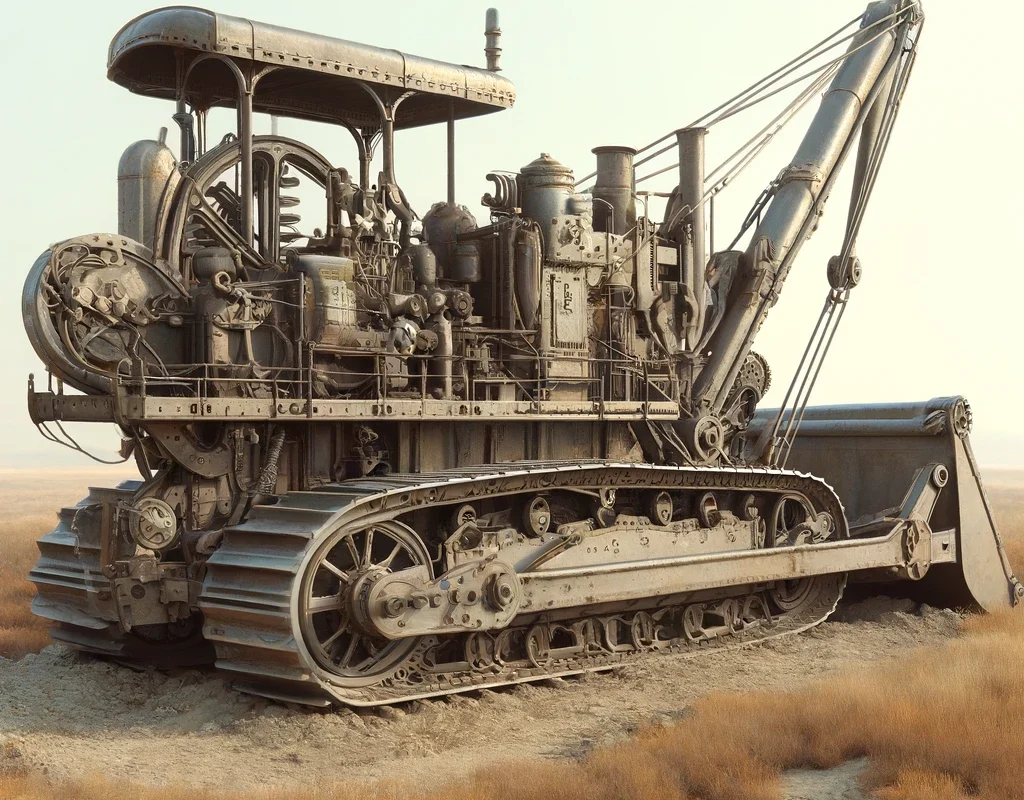In a recent announcement, the Bank of Canada revealed a 0.25 percent cut in interest rates, sending a positive signal to the market about the potential for better economic times ahead. This development holds significant implications for those looking to purchase machinery.
Economic Impact and Consumer Benefits
Baris Akyurek, Vice President of Insights and Intelligence at AutoTrader, highlights that even a modest 25 basis point reduction in interest rates can be beneficial for consumers. This rate cut will lower monthly interest payments, making leasing or financing machinery more affordable than it has been in recent months.
Psychological and Financial Effects
Beyond the tangible financial benefits, the psychological impact of the rate cut is substantial. “A 25 basis point reduction could signal to the market that the worst is over and better times are ahead,” says Akyurek. This sense of optimism, supported by several major Canadian financial institutions, could boost overall consumer spending on goods, including machinery, as people feel more confident about the future.
Shifting Consumer Behavior
In the recent high-interest rate environment, many machinery buyers have turned to alternative financing options, such as lines of credit or home equity lines of credit, to make their purchases more affordable. With the reduction in interest rates, this trend is expected to reverse. More consumers are likely to choose traditional financing solutions like loans or leases.
Opportunities for Machinery Buyers
For those considering the purchase of machinery, the Bank of Canada’s decision is a positive development. Lower interest rates mean more affordable financing options, making it an ideal time to invest in new equipment. By pre-qualifying with Machines & Bids leasing services, buyers can explore their purchasing power and take advantage of the favorable financial conditions.
Conclusion
The Bank of Canada’s interest rate cut is a welcome change for machinery buyers, offering both financial relief and a boost in consumer confidence. This is an opportune moment to explore financing options and invest in new machinery, as the market outlook brightens and economic conditions improve.




